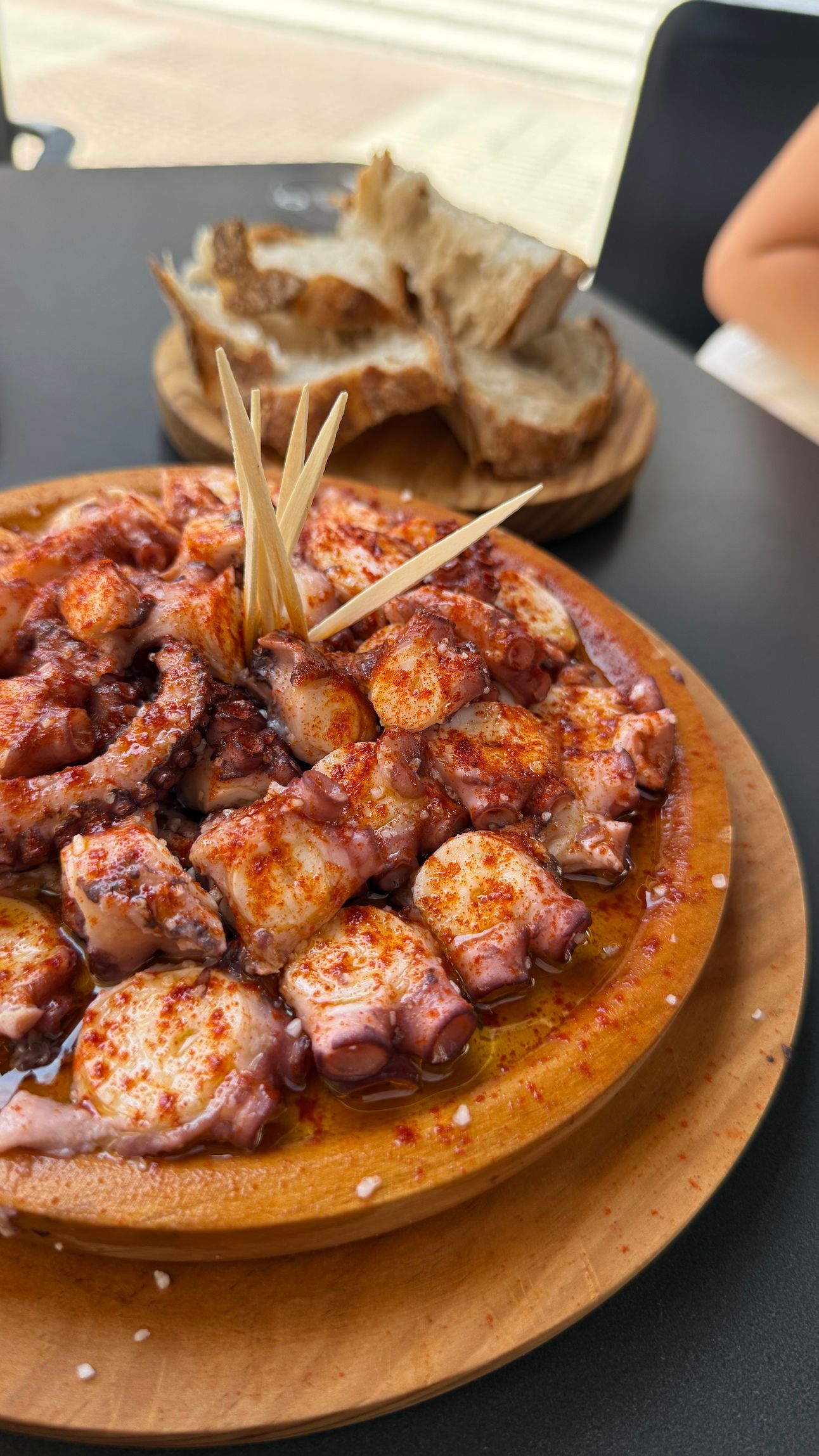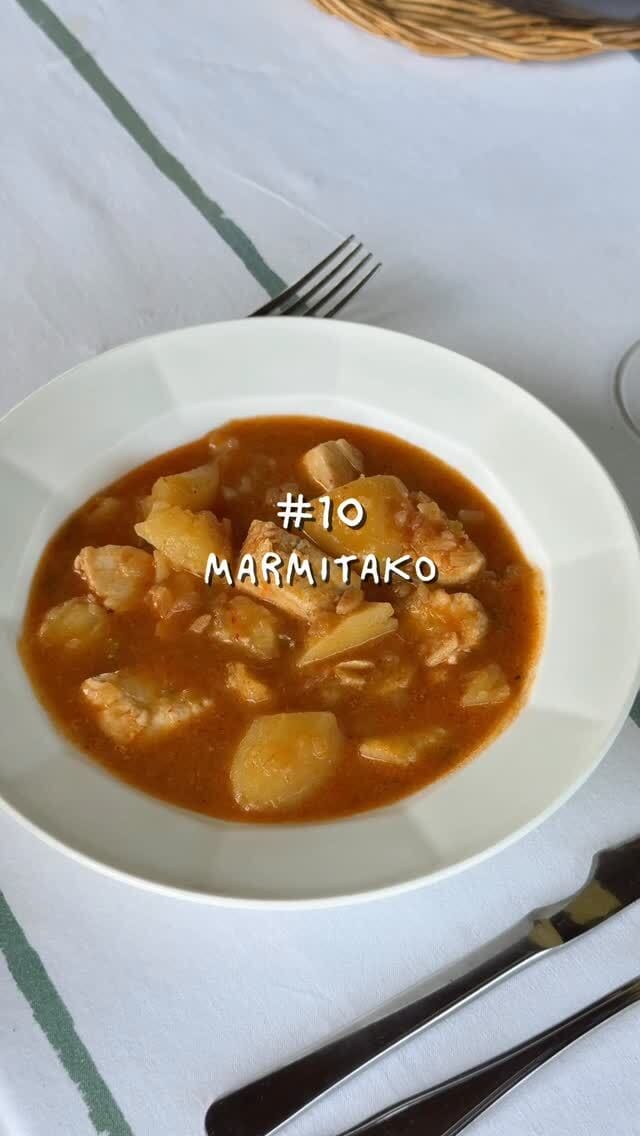- LA SOBREMESA
- Posts
- No Party like a Galician Food Party...
No Party like a Galician Food Party...
How Galicia spends the summer worshiping scallops, tortillas, and grilled meat

Hi team!
For this week’s newsletter, I decided to make god’s work and, after an intense research through forums and websites with questionable and outdated information… I’ve gathered some of the countless food fests Galicia has to offer during July and August.
I wont lie to my loyal and appreciated La Sobremesa gang: I did it out of my personal interest. I’m lucky to spend in Galicia the next months, and I’m planning to visit as many of these as possible.
But let me tell you: finding all these fests, together with the (expected) dates, locations and a little comment about it is definetely an article some of you may be interested in. So here it is.
Galician Summer: A season of Food and Fiestas, one after another (and many at the same time…)
Galicia knows how to celebrate food. From seafood to stews, from bread to wine, there's literally not a single weekend in summer without a gastronomic festival somewhere in the region —and actually, maybe not even a day.
These local fests are more than just a fun excuse to eat and dance—they’re a brilliant way to add value to a local product, support its producers, and celebrate the culinary identity of each town or village.
(but of course, it IS also the perfect excuse for locals to enjoy our traditional culture —and some others… One day we will talk about galician-latino verbenas)
Tracking them down was a bit of a nightmare, to be honest. Most of the information just isn’t online—probably because locals already know that “this fest is always the second weekend of July” or “that one always lands mid-August.” That said, a couple of sites were actually useful: Páxinas Galegas and Festigaleiros helped a lot. I recommend checking them to confirm dates, though be warned—they’re only reliable two or three weeks before the event, when the local councils finally release the info.
Disclaimer: All dates below are based on last year’s editions and may shift slightly this summer depending on the municipality.
JULY
4–6: Festa da Langosta – A Guarda
A tribute to Galician lobster, served grilled or boiled. Sea breeze, smoky planchas, and lobster claws flying around.5–6: Festa do Pan de Cea – Cea
Celebrating the first bread in Spain to receive an IGP (protected geographical status) from the EU. Thick crust, chewy crumb, centuries-old ovens…9–12: Festa dos Callos – San Cristovo de Carnés
Callos are made all over Spain, but Galicia just does it better, from my totally unbiased opinion 😉 We make it with chickpeas, lots of cumin, galician chorizo and a collagen-rich, spicy sauce that I literally dream about.10–13: Festa do Lacón – Silleda
Lacón is the cured front leg of pork, boiled for hours to make tender meat and one of my favorite broths ever. Rustic, simple, soulful… Difficult to explain to foreigners, but: Viva o Lacón, carallo.12: Festa do Polbo – Mugardos
Not “pulpo á feira” here—Mugardos goes its own way, stewing octopus with potatoes and paprika. This fest is all about that unique recipe.19–21: Festa da Vieira – Cambados
Scallops everywhere: in empanadas, grilled, or the classic “a la gallega.” Cambados turns into a seafood lover’s paradise.20–25: Festa do Churrasco – Covelo
Hold my beer foreigners: 👏Pork 👏 ribs 👏 don’t 👏 need 👏 sauce 👏! Galician churrasco, criollo and chorizo sausages, roasted peppers, and fries. That’s the glorious menu all galicians would choose as the last dinner.23–25: Festa da Xouba – Rianxo
“Xoubas” are small sized sardines, which are amazing when fried or grilled. Only truly good when really fresh though, so normally only tipical on the coast.25–27: Festa da Navalla – Illa de Arousa
Razor clams at their finest. Two minutes on the plancha, a touch of lemon, and you’ve got one of the most gourmet bites in Galicia.30 Jul – 3 Aug: Festa do Albariño – Cambados
If you don't know albariño yet… you should! A five-day love letter to Galicia’s famous white wine, famous due to its freshness and fruity notes, perfect to pair with seafood (mother nature knows so much, right?). These days, the beautiful village of Cambados gets absolutely crazy, and it's indeed one of the funniest fests I've ever been to.
AUGUST
1–2: Festa da Tortilla – Laro (Silleda)
Locals compete to see who makes the best tortilla de patatas, Galician-style. Come hungry and ready to judge.2–4: Festa do Mexillón – Illa de Arousa
40% of Europe’s mussels come from Galicia. This fest proves why: cheap, fresh, and wildly addictive when done right.2–3: Festa do Bonito – Burela
A northern Galician fest celebrating bonito del norte—perfect if you’ve been craving marmitako since my last reel.6: Festa do Cabrito ao Espeto – Porriño
Galicia does meat too. Whole baby goats are spit-roasted over fire. I’ve never been… but this year, I’m going.7–10: Festa do Mexillón e Berberecho – Vilagarcía de Arousa
Mussels and cockles take the spotlight. These two shellfish drive Galicia’s canned seafood industry.10: Festa do Pulpo – O Carballiño
Inland octopus capital. They serve the biggest “tapa de pulpo” on earth—literally Guinness World Record certified.13–15: Festa do Xamón – A Cañiza
“Xamón” in Galicia isn’t ibérico. It’s cured ham with a slightly sweet, less dry profile. Great in a sandwich or even on a pizza.17: Festa da Ameixa – Carril
Carril’s clams are world-renowned. This day is reserved to honor them, with chefs, locals, and foodies gathering in tribute.18: Festa da sardiña - Sada
Grilled sardines are super common during San Xoán, the fest that marks the start of summer on the night of June 23rd… But the real sardine season—when they’re fatty, juicy, and perfect for the grill—is actually in late July-August. And in Sada, they know it good!
30-31: Festa da empanada - Noia
The concept of Galician empanada is way too broad to explain properly here, but let’s just say that every region—or even every household—has its own version. In Noia, they’re known for their empanadas made with a bread-like wheat dough, but also for a version made with corn flour (de millo), which completely changes both the process and the final result.
29-31: Festa do pan de millo - Cabral
Apart from empanada, Galicia also makes bread out of millo (corn), and this fest in Cabral is all about claiming the versatily of it.
All that said, I have to admit—I’m probably missing a bunch of festivals. If you spot one you know and love, hit reply and let me know! I’ll update the calendar and share it with the rest of the community next week.
I’ll try to make it to as many of these as my stupid responsibilities let me. If you spot me at one, come say hi—I'll probably be the guy sweating over a paper plate full of ribs or clams, with a glass of Albariño in hand.
If you made it to here, thank you very much for reading, and wish you a summer full of food festivals, culture and traditions!
Guille
Recipe of the week
New PTSW!! This week, celebrating Bonito del Norte’ season just kicked off… Marmitako!
Recipe
800g of a good fresh bonito del norte (fresh tuna would also do the work)
The bones of the bonito (for the stock)
2 onions (one for the stock, another one for the sofrito)
1 leek (for the stock)
5 potatoes
1 green pepper
2 garlic cloves
2 peeled and diced ripe tomatoes
3-4 tsp of espelette pepper paste (or any other pepper paste)
Around 100g of white or rosé wine
2 cayennes
Salt to taste
Extra virgin olive oil
Method
The first step is making a good homemade fish stock, as it’s gonna be the soul of the stew. For that, stir fry the onion and the leek, together with the bones and a couple of tbsp of olive oil. After a couple of minutes, once they got slightly golden, cover with water and simmer for no longer than 45 minutes. Strain and reserve. (you wont need it all for this recipe, but save it for another recipe!)
Start the stew by making a sofrito poaching the onion, the garlic and the green bell pepper. All diced in cubes, and poached at the same time with NO salt, at medium high heat until they get some colour. Then, add the tomato and lower the heat, to let it reduce slowly for around 15 mins.
Meanwhile, peel the potatoes and crack them in pieces. When all the water from the tomato is gone, and the sofrito is concentrated enough, add the wine and reduce it completely. Add the potatoes and the pepper paste, and stir fry for a couple more minutes.
Cover with the fish stock and simmer for around 45 minutes, or until the potatoes are fully cooked. Last step is to add the bonito, diced in cubes, already out of the stove. Cover and let it chill for 5-10 minutes
Enjoy!


Reply